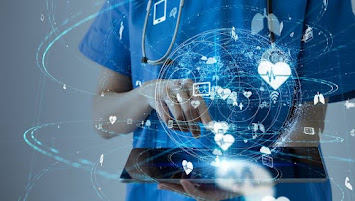Staying on top of your health is essential to maintaining a healthy lifestyle. However, it can be challenging to keep track of all the things you need to do to maintain your well-being. Fortunately, with the advancement of technology, medical gadgets have been developed to help patients stay on top of their health.
Medical gadgets are devices that are designed to assist patients in managing their health, from monitoring their vital signs to reminding them to take their medication. These gadgets can alert patients when something is wrong, providing an early warning of potential health issues.
Here are some of the ways that patients can benefit from medical gadget alerts:
- Monitoring vital signs:
Medical gadgets, such as heart rate monitors, blood pressure monitors, and glucose meters, can help patients monitor their vital signs. By tracking these important indicators, patients can detect any abnormalities that may require medical attention.The benefit of medical gadget alerts is that they can send notifications when vital signs are outside of the normal range, alerting patients to seek medical attention promptly. This early detection can lead to early treatment, preventing potentially life-threatening complications.
- Medication reminders
Medical gadget alerts can remind patients to take their medication at the right time, in the right dose. This is particularly useful for patients who need to take multiple medications at different times of the day. By ensuring that patients take their medication as prescribed, medical gadget alerts can improve treatment outcomes and prevent complications.
- Detecting falls:
Medical gadgets, such as wearable devices and smart home sensors, can detect falls and send alerts to caregivers or emergency services. This is particularly useful for older adults who may be at risk of falls and require immediate medical attention. Medical gadget alerts can help prevent serious injuries and provide peace of mind to caregivers.
- Tracking activity levels:
Medical gadgets, such as fitness trackers and pedometers, can track activity levels and send alerts when patients are not meeting their daily activity goals. This is particularly useful for patients who are recovering from surgery or illness and need to gradually increase their physical activity levels. Medical gadget alerts can help patients stay on track with their recovery goals and prevent complications.
conclusion:
Medical gadget alerts can help patients stay on top of their health by providing early warnings of potential health issues, reminding patients to take their medication, detecting falls, and tracking activity levels. By using medical gadgets, patients can take control of their health and improve their overall well-being.

















